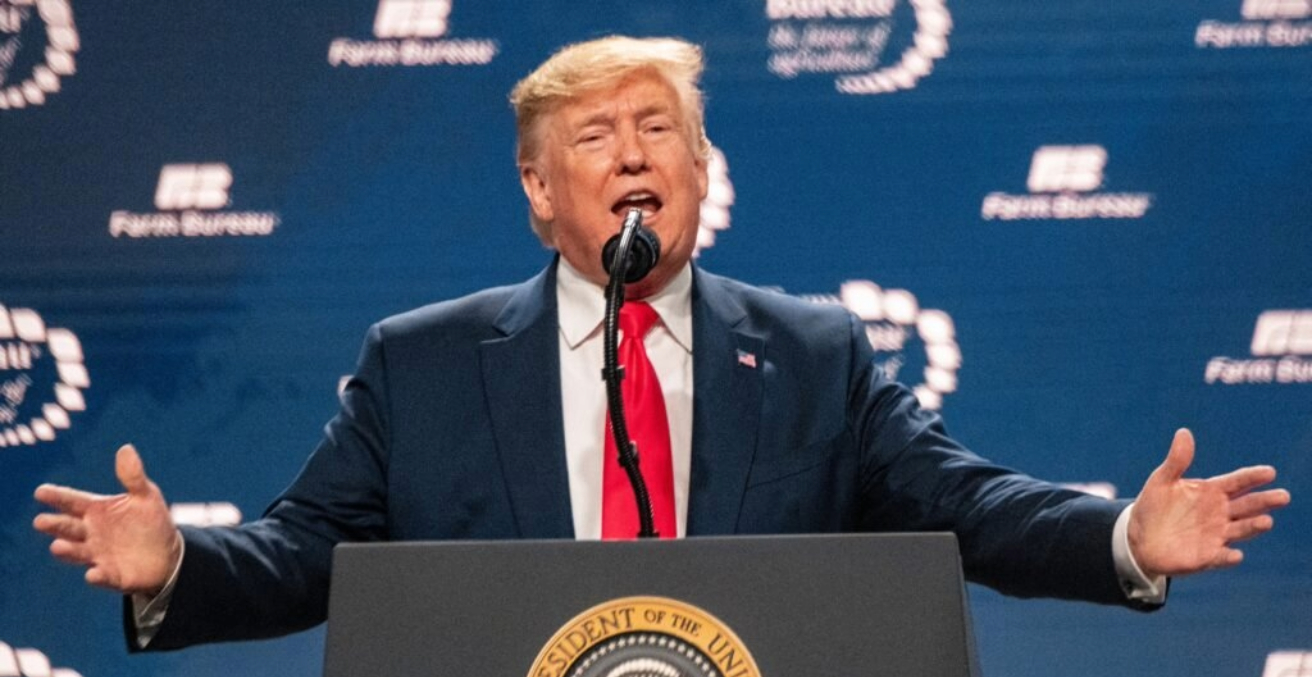Australia is seemingly focused on the red centre and the wealth generated by its vast farms and mines. Ian Hoskins’ book is a useful antidote to this inland fixation by retelling Australia’s long-standing relationship with the Pacific.
Near the end of Ian Hoskins excellent history of Australia and the Pacific he notes that Australia can be seen as the “prodigal son” of the Pacific, having charted a path that has separated itself from the peoples and concerns of its oceanic neighbours. From one perspective, this can be called Australian “exceptionalism” or “mateship” that is reflected in the enormous wealth and technological prowess that has paved the way for Australian dominance of the southwestern Pacific. From another perspective this aloofness has been exhibited by the mistreatment of non-European peoples, visions of an imperial Australia in the Pacific, and a collective amnesia that Australia is a Pacific state. This history is exemplified by the maltreatment of Aboriginal Australians, the indentured labour from the Pacific Islands that underpinned the Australian sugar industry in the 19th century (Blackbirds), the White Australia policy, colonial administration in Papua New Guinea, and the present-day lack of concern about Australia’s enormous greenhouse gas contributions that pose an existential threat to its Pacific Island neighbours.
Yet while Hoskins embraces this dichotomy as a summation of the Australian history with the Pacific, his analysis is more nuanced and subtle. As he points out, while our collective Australian sentiment has been fixed on the great red centre, the Australian colonies and Australian history is firmly entangled with our eastern and northern neighbours. Indeed, Hoskins reminds us, Australia has always looked out across the Pacific edge of the continent for opportunity and sustenance, and for threats. This history, like that of many states, has both heroism and depravity, and is populated with individuals who display the usual human traits.
There are a number of fascinating villains, personages, antidotes, and facts that Hoskins has put in this book that elevate it from the more mundane histories that deal with political and economic changes. These include the fact that the first fleet sailed off to China to do trading for the East India company, and a discussion of the pivotable position Norfolk Island produce played in feeding early New South Wales (I always wondered why it has a separate Commonwealth Games athletic team) as well as that island’s history with the decedents of the mutinous crew of the Bounty who settled on Pitcairn Island. The discussion of Australian ambitions and policy for Papua New Guinea under long serving Governor Hubert Murray’s paternalist regime is forgotten by most Australians. The fact that Papua New Guineans were Australian citizens but were unable to enter the Australian mainland without permission is astonishing to modern sensibilities, yet it shows the deep embrace of the White Australia policy through the first six decades of the last century. Perhaps most illuminating is the observation that Donald Horne’s hugely influential book The Lucky Country, whose moniker has been adopted by a Panglossian Australian society, was actually an ironic critique of suburbanism and complacent materialism which Horne equated with the “high decibel drone of a power mower.”
More importantly, Hoskins has brought the agency of Pacific Islanders into Australian history; he highlights the processes by which Australian and more broadly European consciousness have been unalterably changed by Pacific geographies, cultures, and peoples, as the Pacific was changed by it. This notion is exemplified by Hoskins’ discussion of Bernard Smith’s study European Vision and the South Pacific, which placed Australian history firmly in the Pacific region while discussing the relationship of art and science in the European exploration of the Pacific. This process of mutual consort prevents the sort of reductionism and essentialism that many historians and political scientists embrace when discussing colonial history. For example, while he rightly emphases the villainy of labour recruiters and the human cost of the importation of South Pacific slave labour into the colonies, he nevertheless points out that politicians, producers, and humanitarians who insisted on either the expulsion, exploitation or protection (take your pick) of the ignorant “savages” (who could not understand their interests) based their opinions on stereotypical racialist archetypes. For “thinking and acting” real Pacific Island peoples, there was a “pull” that Australia had, which regardless of the “push” from recruiters and various plantation owners, that led them to work in Australia.
There is much in this history that should be celebrated today, but there is also a legacy of actions for which present day Australia must atone. This history is not simply a set of facts, a line of normative and moral judgements undertaken in that past that must be judged by the morality and social mores of that historical time. This history, and these acts, both good and bad are part of the present-day Australian national narrative. Australians rightly can and should claim the good and the progress, but in doing so we must also own the debased. And it is this discussion that makes the current concerns Pacific Island communities have with climate change so important that Hoskins discusses at the end of his history. If Australian can finally see a way to deal with their own contribution to this problem, it would enable Australia to exercise some of that history and more fully embrace, like the prodigal son, the Pacific family to which it owes its creation.
This is a review of Ian Hoskins Australia & the Pacific: A History (Sydney: New South Publishing, 2021). ISBN 9781742235691
Dr Xiang Gao is an Senior Lecturer and the Discipline Convenor of Political and International Studies at the University of New England, Australia.
This review is published under a Creative Commons License and may be republished with attribution.




